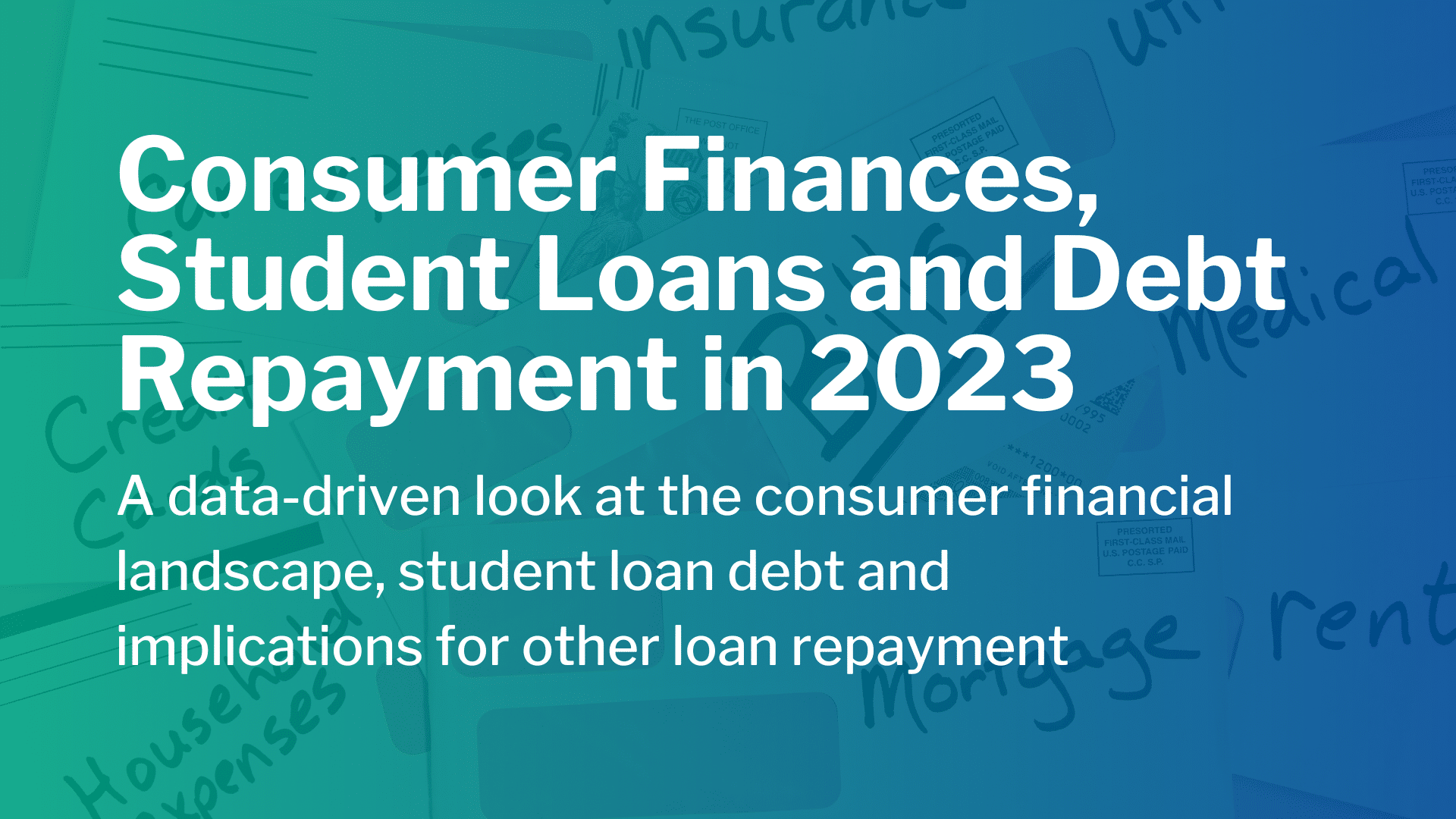
Telecom Industry Evolves, But Call-and-Collect Can’t Keep Up
The telecommunications industry has evolved hand-in-hand with most consumer communication preferences throughout the decades. From the last remaining landlines to mobile and internet services, it’s challenging to find a consumer that doesn’t subscribe to a Telecom service.
Yet while Telecoms enable customers to communicate and access products and services via digital channels wherever they go, the industry’s own methodology for communicating with consumers who have fallen delinquent on their bills is quite antiquated for the modern world they operate in.
Many Telecoms have traditionally used call centers for collection services to collect charged-off debt, but face mounting challenges all contributing to less revenue:
- Changing consumer communication preferences
- Declining right-party contact (RPC) rates
- Limited outreach opportunities due to stricter regulations
- Call centers are expensive to staff
These challenges are not unique to telecoms, but considering the evolution of the industry it would only make sense that their debt collection practices would also adapt to consumer preference for digital and omnichannel communications.
Future-Facing Digital-First Solutions Deliver Real Liquidation Results
For some of the leading Telecom providers in the US, the time had come to face the declining third-party liquidation performance and reevaluate their debt recovery approach. A more future-forward, effective engagement model was being adopted throughout other industries and it was time for these Telecoms to test the waters of digital-first outreach for late stage collections…and TrueAccord was there to be their guide.
Through a champion-challenger model during the six-month pilot, TrueAccord’s digital-first, omnichannel engagement proved to be more effective at recovering from the late stage accounts. Between multiple portfolios across three Telecom providers, the results tipped the scale so moving forward all accounts would be serviced entirely through TrueAccord’s platform.
Each of the Telecom providers saw notable increases in liquidation using TrueAccord compared to their traditional call-and-collect methods:
- First Telecom: 35% increase
- Second Telecom: 7% increase
- Third Telecom: 32% increase
How did TrueAccord’s digital-first approach deliver these kinds of results? Get the detailed breakdown in our in-depth Telecom case study»»
Are you ready to evaluate your legacy collections servicer against TrueAccord’s proven digital-first, omnichannel approach? Schedule a consultation today!
